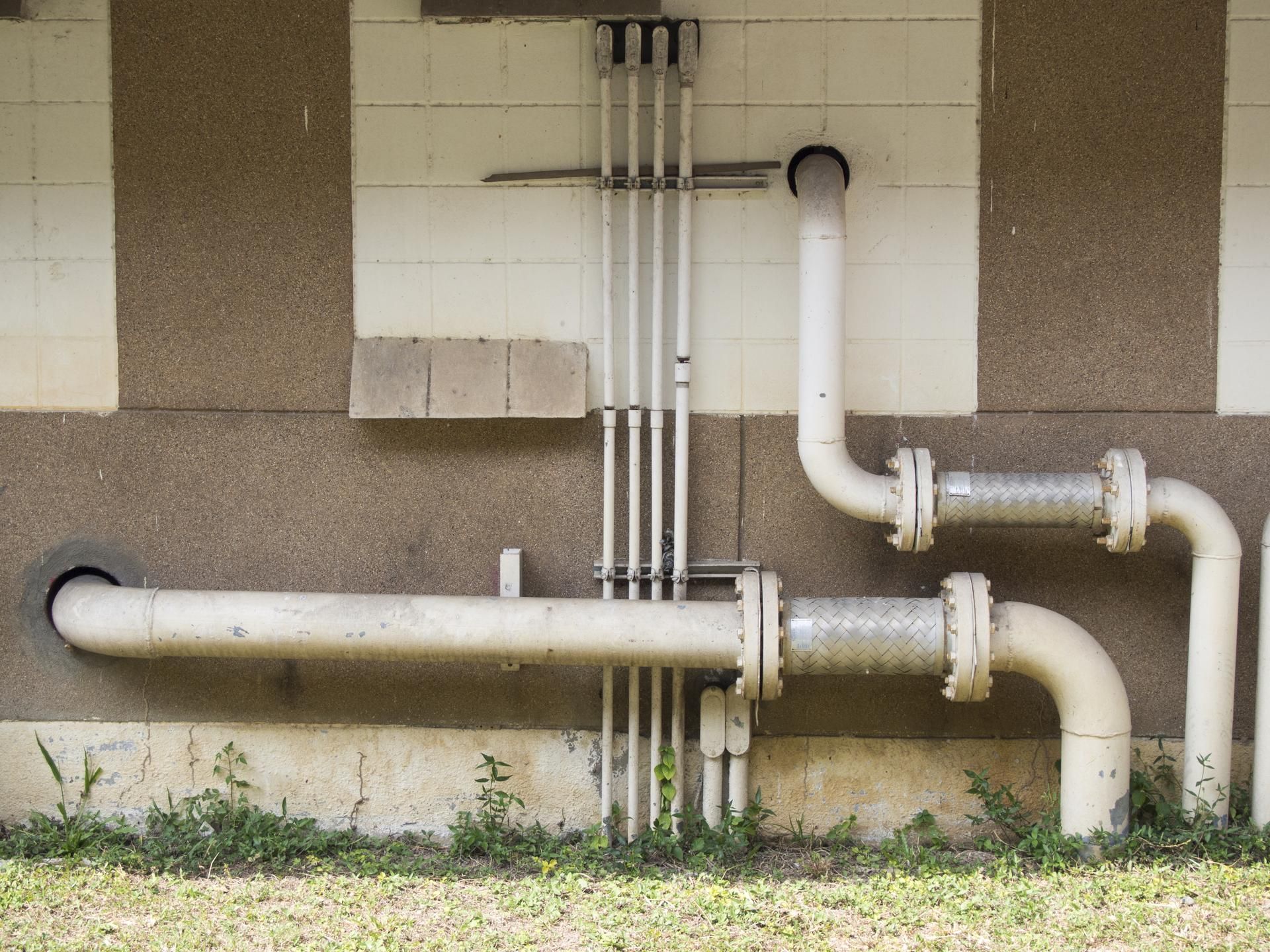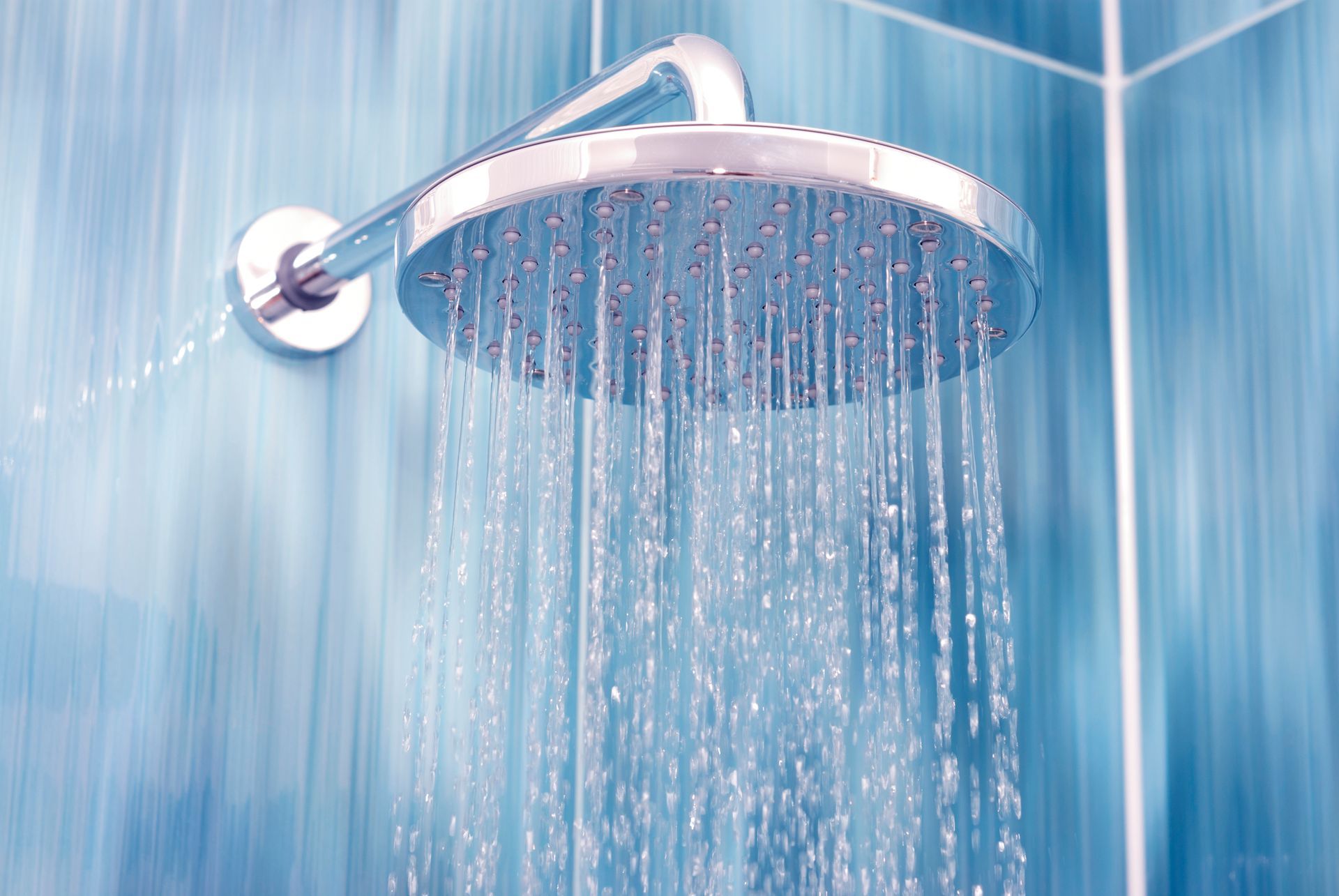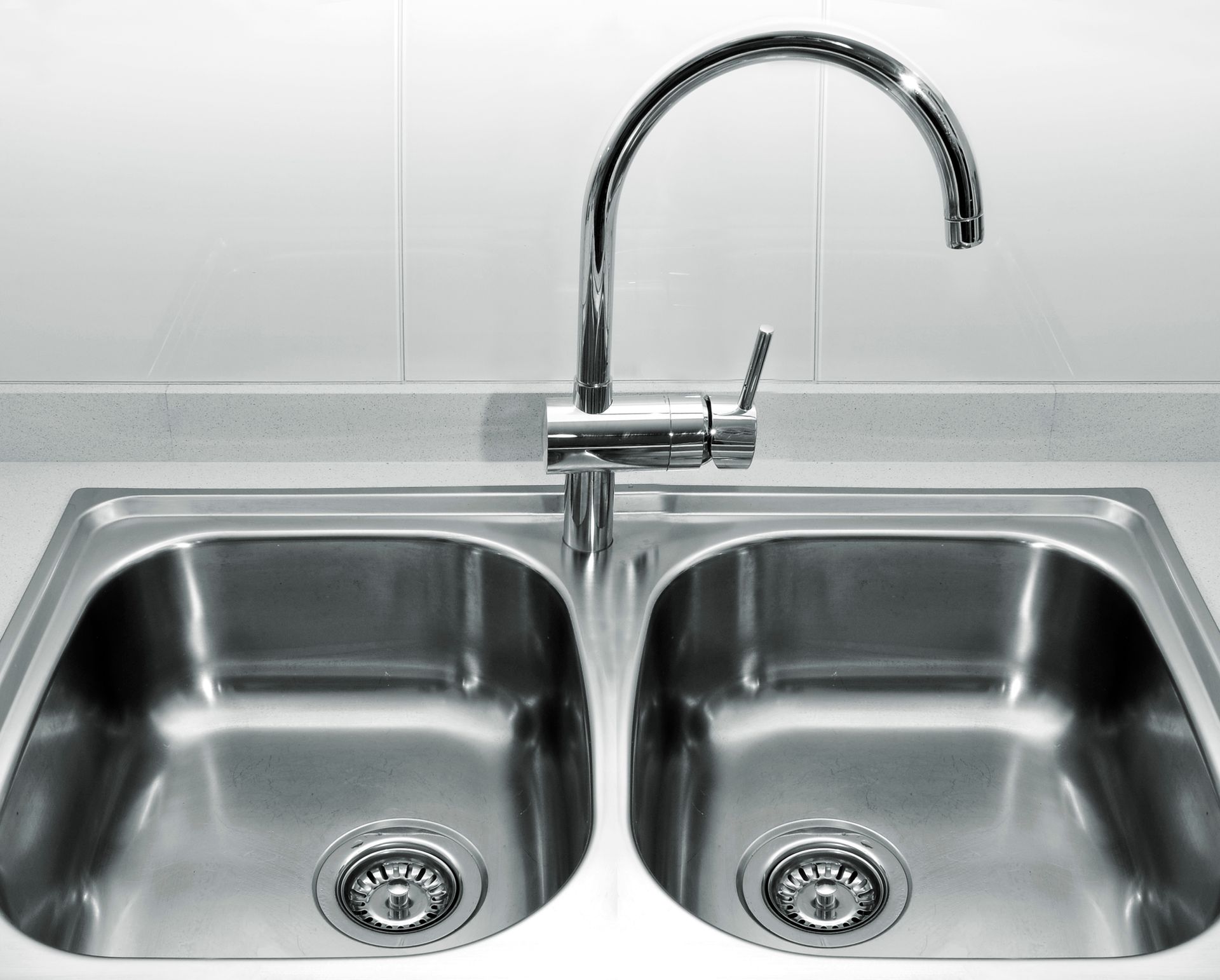CALL US TODAY!
What to Do When Your Bathroom Floods
Modern indoor plumbing includes some of the most useful inventions in the history of humanity. When the toilet overflows or when the shower drain backs up and floods your bathroom, you may be faced with an unpleasant situation.
When your bathroom floods, take action immediately. Follow these steps to minimize the damage to your home that the water (and maybe sewage) can do.
1. Turn Off Your Water and Your Power
When the water overflows in the bathroom the first thing to do is to stop the source. If a fixture like a flowing faucet in the bathtub, shower, or sink, is running due to stripped parts, attempt to shut it off. If your toilet cracks or is the source of water overflowing from the tank, try to shut it off. Check by the inlet pipes for that fixture, and you should be able to find the shut-off valve.
In some cases, you may need to shut off the water to your house. Your main water shut-off valve is often in your basement or by your water meter. If possible, find this valve in advance so you don’t have to look for it during an emergency.
If you have a lot of standing water, you may also need to turn off the power to that area of the house. If water comes in contact with your wiring, the standing water could become electrified, which is dangerous for anyone who touches it. Use your circuit box to turn off the electricity to the affected rooms.
2. Get Rid of Standing Water
Once the water has stopped flowing and the electricity is off, eliminate the puddles and pools. Remove any items standing in the water. You have two main options:
-
Soak it up .
Grab towels, rags, and mops, and absorb as much water as you can.
-
Suck it out
A wet-dry vacuum will get rid of the water quickly and thoroughly. Just remember to plug it into an outlet in a dry part of the house. You can also use a carpet cleaner to suck up water (just don’t put any cleaner or water in it).
Keep using either of these steps until you’ve removed all the standing water. Your home will still be damp, though, so your next challenge is to tackle the remaining moisture.
3. Dry Out the Area
If you don’t get rid of the extra water around the affected area, mold could start growing. Mold only takes a couple of days to take hold of your wet floors and walls, so get rid of the water as fast as you can. Your biggest ally is airflow. Anything that improves the circulation of air around the bathroom and any other affected area is a good idea. You can:
- Open every affected drawer and cabinet
- Set up fans to circulate air over the wet areas
- Open the windows
- Keep the A/C or a dehumidifier running
Do what you can to make your home a wind tunnel or to create a cross breeze. The moving air will pick up and carry away any moisture much faster than standing air.
Special Concerns
If you follow these instructions, you’ll probably recover from your bathroom flooding incident just fine. However, if your bathroom got covered in sewage, not just water, you’ll need to take some extra precautions.
Should human waste contaminate your bathroom or the area outside of it, you may need to call a professional to deal with the mess. A professional will be able to safely disinfect the area.
If the damage was small and limited to the bathroom, you can probably take care of it yourself. Removing the water and waste will get rid of most of the harmful bacteria. As a precaution, you can use bleach on any hard surfaces the sewage touched: however, first use a little bleach on an unobtrusive spot to make sure it won’t cause damage.
The bleach should kill any germs left behind. Use bleach to disinfect your mops, towels, and rags as well. With this extra step, your bathroom will be safe and sanitized.
If your bathroom floods multiple times or you suspect that the flooding was due to a larger concern, make sure to call Jim Dhamer Plumbing & Sewer. Flooding can be dealt with, but it’s not easy, so save yourself the work and have a professional fix the root of the problem.
The post What to Do When Your Bathroom Floods appeared first on .
Leave A Reply
More Posts
Quick Links
Business Hours
Monday - Friday: 7:30 a.m. - 4 p.m.
Saturday: By Appointment Only
Sunday: Closed
Payments Accepted









